Lakers Beat Timberwolves Without James, Doncic, or Smart as Jaxson Hayes Returns
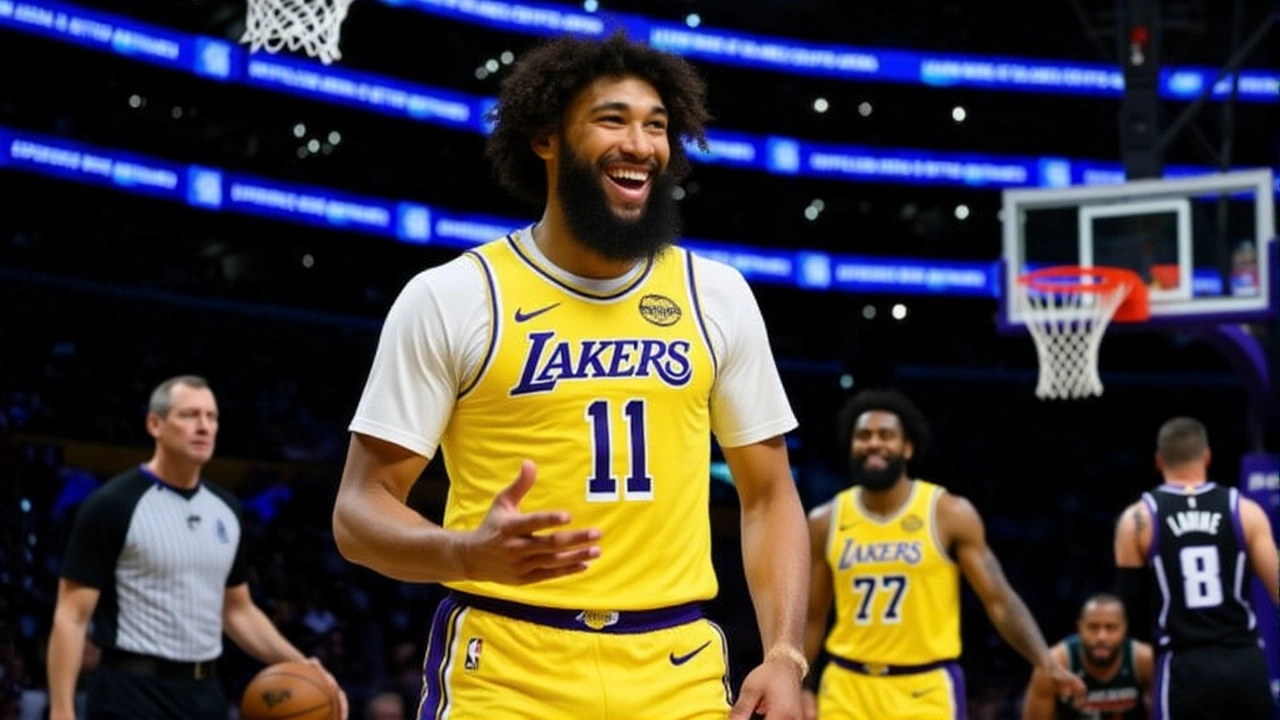
When the Los Angeles Lakers edged out the Minnesota Timberwolves 118-116 on October 30, 2025, at the Target Center in Minneapolis, no one expected it to happen without four of their top five starters. But that’s exactly what happened — and it was Austin Reaves who delivered the dagger. With LeBron James sidelined by right sciatica, Luka Doncic nursing a left finger sprain and leg contusion, and Marcus Smart out with a quad contusion, the Lakers’ depth was tested like never before. And somehow, they pulled it off — thanks in large part to the return of Jaxson Hayes, who played 13 gritty minutes after missing three games with left patellar tendinopathy.
Who Was Missing? The Injury List That Should’ve Been a Death Sentence
The Lakers’ injury report read like a who’s who of roster collapse. LeBron James, 40, was ruled out with persistent sciatic nerve irritation — the same issue that cost him six games last season. Luka Doncic, who signed a $201 million extension just months ago, was hobbling with a sprained left finger and a deep leg bruise. According to Athlon Sports, his return is now expected to take at least another week. Marcus Smart, the 30-year-old defensive anchor who signed a two-year, $21 million deal in July 2024, missed his third straight game with a right quad contusion. Maxi Kleber and Gabe Vincent were also out — abdominal strain and ankle sprain, respectively.And yet, the Lakers led 62-58 at halftime. How? Because Jaxson Hayes showed up.
Jaxson Hayes’ Return: More Than Just Minutes
Hayes, 24, hadn’t played since October 22. His left knee had been swollen, tender, and slow to respond to treatment. But on Wednesday, he didn’t just suit up — he made an impact. Two points. Two rebounds. Three assists. One block. One steal. In 13 minutes. That’s not a stat line — that’s a statement."He moved better than I expected," said head coach Darvin Ham postgame. "Didn’t look stiff. Didn’t look tentative. Just played."
The Los Angeles Lakers medical staff, led by longtime head physician Dr. Gary Vitti (who’s been with the franchise since 1984), had been monitoring Hayes’ rehab closely. Patellar tendinopathy can linger for months. But Hayes’ return — even in limited minutes — suggests the team’s rehab protocols are working. And more importantly, it gives them a viable backup center when Anthony Davis needs rest.
The Timberwolves’ Side: Edwards Out, Clark Out, Dillingham in a Mask
The Minnesota Timberwolves weren’t exactly healthy either. Their star, Anthony Edwards, 23, missed his second straight game with a right hamstring strain. He felt tightness during Sunday’s loss to the Pacers. According to NBA Sports Medicine data, hamstring strains like his typically require 10–14 days — meaning Edwards won’t return until mid-November.His absence was felt. Edwards averages 28.7 points per game. Without him, the Timberwolves’ offense sputtered. Jaylen Clark, their energetic 25-year-old forward, was also ruled out with a lingering calf strain — his second straight game out.
But there was a bright spot: Rob Dillingham, the 20-year-old eighth overall pick in the 2024 draft, played with a protective face mask after a facial fracture in practice last week. He finished with 12 points and five assists — and looked every bit the future starter.
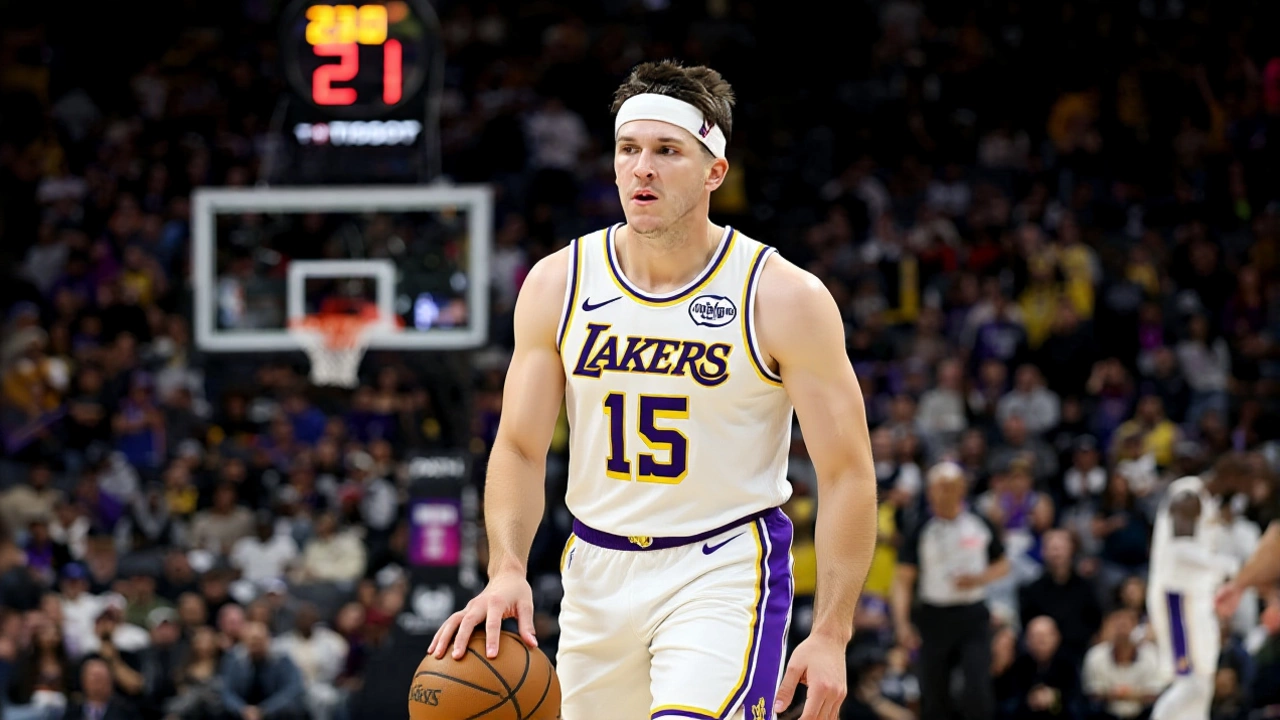
The Game-Winner: Reaves, Reid, and the Final 10 Seconds
With 10.2 seconds left, Naz Reid — the Timberwolves’ 26-year-old center — drilled a turnaround jumper to put Minnesota up 116-115. The crowd erupted. It felt like the game was over.Then came Austin Reaves.
He caught the inbounds pass near the left wing, drove baseline, pulled up just inside the three-point line, and released as the buzzer sounded. Swish.
"I’ve seen him do that before," said LeBron James from the bench, smiling. "But never without me on the floor. That’s the kind of stuff you remember."
The final score: 118-116. The Lakers improved to 6-3. The Timberwolves fell to 4-5.
What’s Next? A Grueling Stretch Ahead
The Lakers play the Orlando Magic in Charlotte on October 31 at 7 p.m. ET — a back-to-back with no travel day. Doncic’s timeline remains uncertain. Smart is day-to-day. Hayes’ minutes will be capped for now.The Timberwolves face the Phoenix Suns on November 1. Edwards’ return is still two weeks away. Without him, they’re a different team — less explosive, less confident. Coach Chris Finch admitted as much: "We’re not just missing a scorer. We’re missing the guy who makes everyone else better."
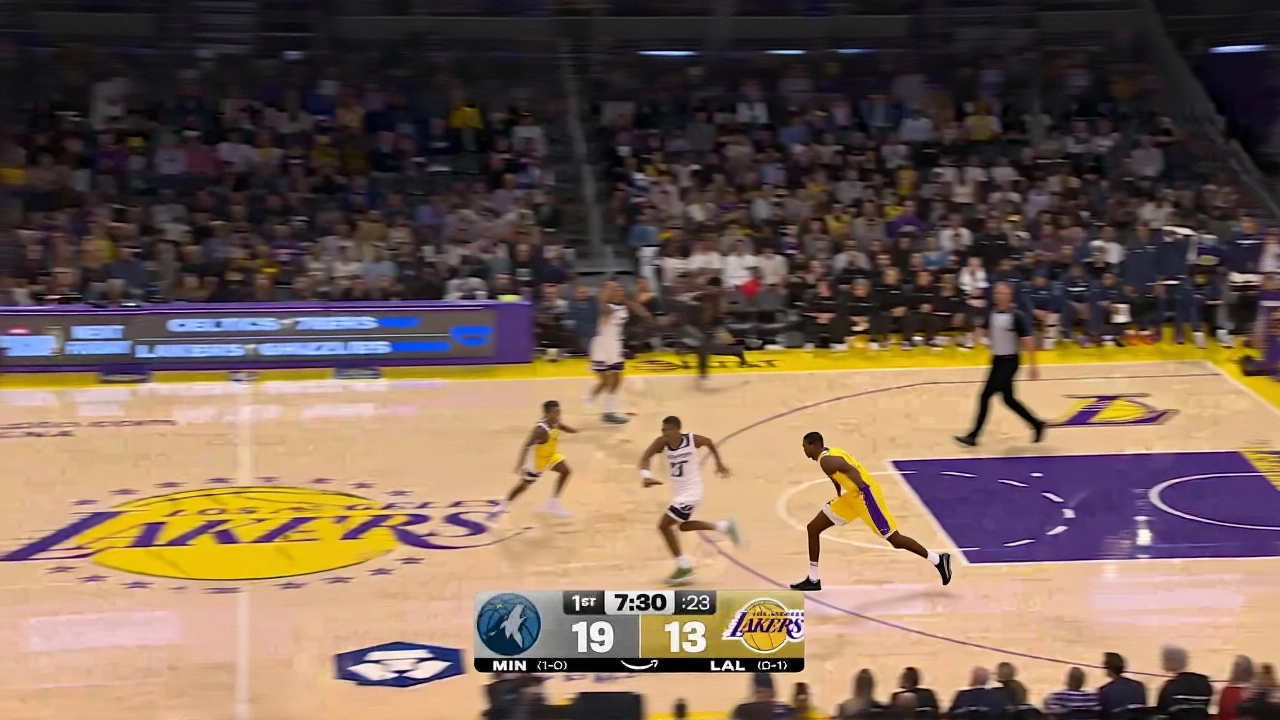
Behind the Scenes: Medical Teams at Work
The Los Angeles Lakers medical staff, under Dr. Gary Vitti, has been among the most respected in the league for four decades. Their approach to patellar tendinopathy — combining eccentric loading, platelet-rich plasma injections, and controlled return-to-play protocols — is now being studied by other teams.Meanwhile, the Minnesota Timberwolves’ athletic trainer, Donnie Raimon (on staff since 2004), is managing Edwards’ rehab with a conservative approach. No rushing. No risk. That’s smart — but it’s also costly.
For both teams, the next three weeks will define their seasons. The Lakers need health. The Timberwolves need Edwards.
Frequently Asked Questions
How does Jaxson Hayes’ return affect the Lakers’ frontcourt rotation?
Hayes’ return gives the Lakers a viable backup to Anthony Davis, especially against physical centers like Naz Reid. His mobility and passing ability allow the team to play small-ball lineups without sacrificing defense. In his 13 minutes, he recorded three assists — more than his previous three games combined — suggesting he’s regaining his rhythm. Expect his minutes to increase gradually, especially with Maxi Kleber still out.
Why is Luka Doncic’s injury more concerning than it appears?
Doncic’s left finger sprain may seem minor, but combined with the lower leg contusion, it affects his ability to drive, pivot, and absorb contact — all essential to his game. The Lakers are being cautious because his $201 million contract hinges on durability. If he misses more than a week, it could disrupt chemistry with LeBron and Reaves. His absence also forces the team to rely more on perimeter shooting, which isn’t their strength.
What’s the timeline for Anthony Edwards’ return?
According to NBA Sports Medicine data, hamstring strains like Edwards’ typically require 10–14 days of recovery. He was injured on October 27, so his earliest return is November 6. The Timberwolves are not rushing him — they’ve lost three of their last four games without him. His absence has exposed their lack of secondary scoring, making his return critical to their playoff hopes.
How did the Lakers win without their top three players?
They won because Austin Reaves played like an All-Star, hitting 7 of 12 threes and delivering the game-winning shot. D’Angelo Russell controlled the tempo, and Gabe Vincent’s absence opened the door for Jordan Clarkson to step up with 18 points off the bench. The Lakers’ defense, led by Hayes and Davis, held the Timberwolves to 41% shooting. Sometimes, depth and timing outweigh star power.
Is Marcus Smart likely to return before the next game?
Smart’s quad contusion is considered day-to-day, but the Lakers are being cautious. He missed three games already, and his defensive role is irreplaceable. With a back-to-back coming up, they’re unlikely to rush him. His return is expected no sooner than November 2 against the Milwaukee Bucks. Until then, the Lakers will rely on Rui Hachimura and Gabe Vincent’s replacement, Max Christie, to handle perimeter defense.
What does this game mean for the Western Conference standings?
The Lakers’ win pushes them into the top six in the West despite their injury woes — a sign of their resilience. The Timberwolves, now 4-5, fall further behind the Nuggets and Suns in the playoff race. Without Edwards, they’re unlikely to crack the top four. Meanwhile, the Lakers’ ability to win without James, Doncic, and Smart proves they’re deeper than many thought — and could be dangerous if they stay healthy by mid-December.
- October 30, 2025
- Maddox Landry
- 0 Comments
- Permalink
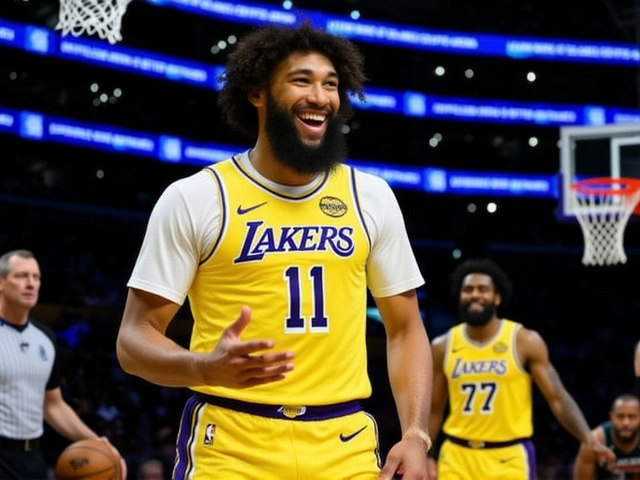
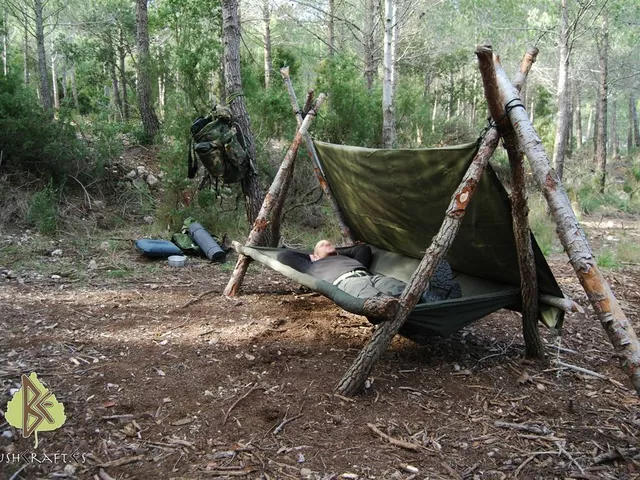
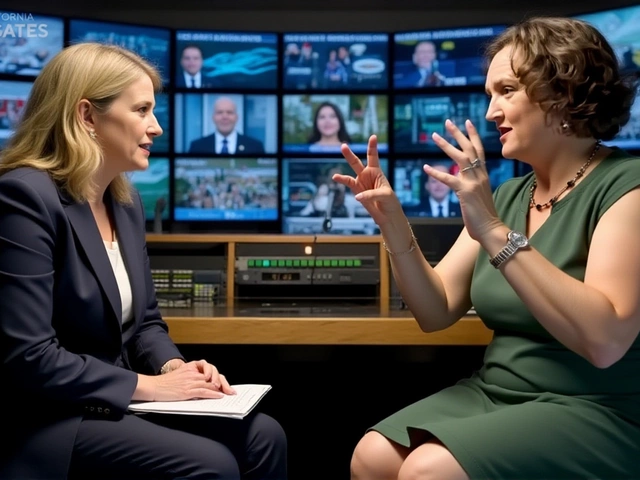
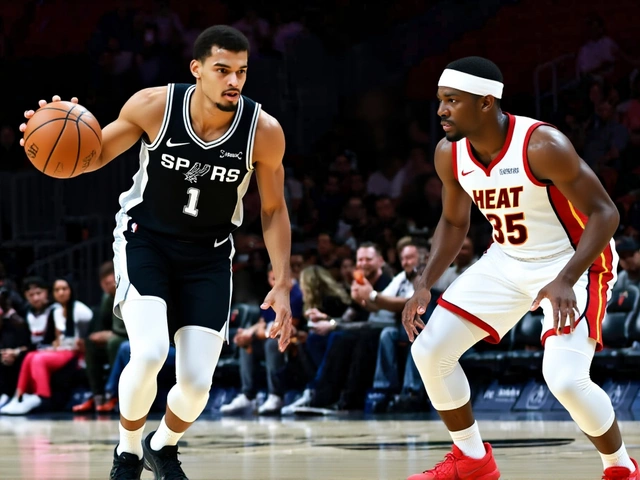

Write a comment